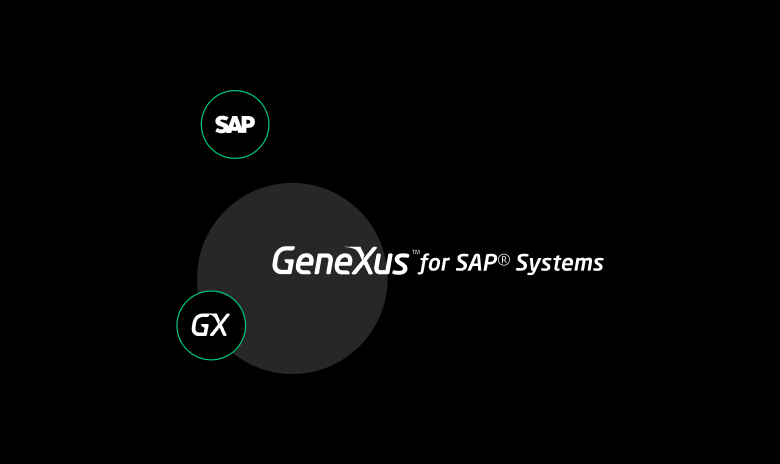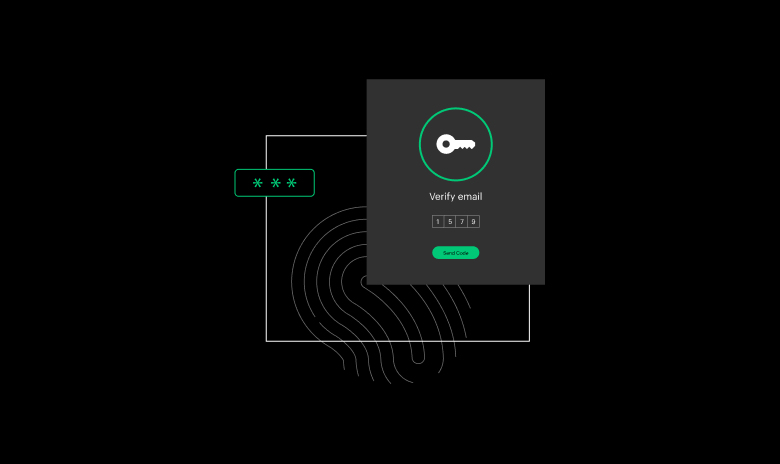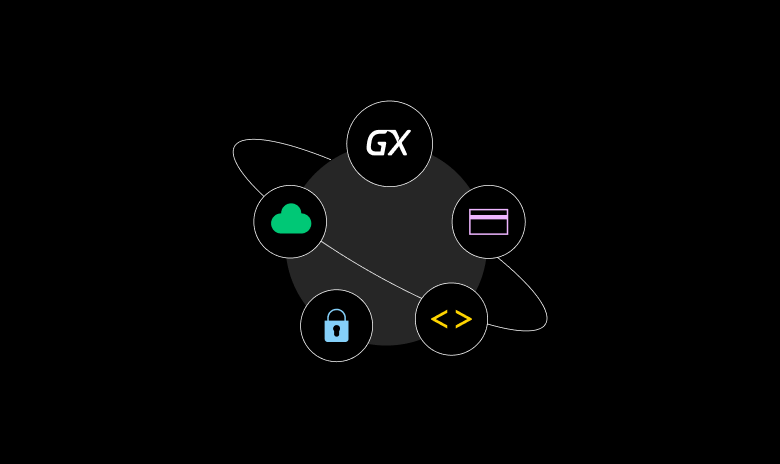Label
What you should know about Mission Critical Systems
All Mission Critical Systems have something in common: their constructions are complex, and if they fail, they can cause serious consequences for the business and for the users who use them. Would you like to evolve your applications from one version to another, without fear? We have the secret to automate everything that can be automated with the only platform in the world that allows you to develop future-proof software.
Pre-title
What is a Mission Critical System?
Texto del bloque
Mission Critical Systems are applications that are essential to the operation of an activity in a company, organization or government. If these solutions are damaged or fail, they can cause the collapse of all processes and operations that depend on it.
To evolve a Company to better cope with User needs, Business and Market requirements: that's Digital Transformation.

Examples of Mission Critical Systems
For Digital Transformation to succeed your company needs to be able to have "bimodal IT" capabilities, that is to be able to deliver trustworthy software systems (usually a slow process) and to be able to innovate with agility (a quick process). You can solve this by having two different teams, or one team with the right software development Platform (GeneXus).
Mission Critical Systems
These are solutions that were conceived to fulfill a purpose in the organization. If something fails, that purpose is no longer fulfilled.
Business Systems
These are solutions that, if they fail, directly impact the economics of the organization using that system.
People Systems
These are the solutions that, if they fail, can put people's lives or health at risk.
These are solutions that were conceived to fulfill a purpose in the organization. If something fails, that purpose is no longer fulfilled.
Business Systems
These are solutions that, if they fail, directly impact the economics of the organization using that system.
People Systems
These are the solutions that, if they fail, can put people's lives or health at risk.
Why do Mission Critical Systems fail?
- Because they try to solve all the problems and functionalities in a first stage.
- By focusing only on technical needs and not on user needs.
- By downplaying the importance of Data Modeling and Observability.


What is the formula to effectively build a Mission Critical System?
Data Modeling
They are the basis for this development to be done in a fast and evolvable way.
Integration
The solution must be able to integrate with the rest of the ecosystem: APIs, data and more.
Multi-experience
The key is to focus on the problems to be solved for users and the experience they will have when using the solution.
They are the basis for this development to be done in a fast and evolvable way.
Integration
The solution must be able to integrate with the rest of the ecosystem: APIs, data and more.
Multi-experience
The key is to focus on the problems to be solved for users and the experience they will have when using the solution.
What are the steps to develop a Mission Critical System?
The first is to create a team and delegate roles and responsibilities. The next is to understand what are the stories, needs and problems that must be solved for the users who will use the system. Data and Process Modeling are the other relevant points that must be considered to start building a Mission Critical System on the right foot.


Keys to choose a Mission Critical Systems development platform
- Adaptability to unpredictability
This requires an agile tool that can deliver and develop software quickly. - Flexibility
It must be able to adapt to new situations and integrate with other technologies and systems. - Incremental methodology
It must allow continuous testing. - Design
It must provide a good visual experience, where the interactions between the real world and the technology flow. - Low cost
For projects to be viable, it must allow software to be developed at a reasonable cost.
- Easy to learn
The learning curve should be minimal, so developers can spend time on what matters: bringing value and quality to the business.
Why use GeneXus in Mission Critical Systems?
Because GeneXus has everything you need to create quality solutions in record time. Our mission is to make the complex simple. We automate everything that can be automated, in multiple platforms, languages and databases. Only with GeneXus it is possible to create reliable, scalable developments, with good observability and performance, and at a reasonable cost.

All you need to know about Mission Critical Systems
View All
Check out these videos.
Building Secure Applications in GeneXus 18
Alejandro Zeballos

Modeling Mission Critical Systems with GeneXus 18
Ana Berta

Modern and Scalable Applications in the Cloud with GeneXus 18
Gonzalo Gallotti







live-2022-play-me-grid-controller
All you need to know about Mission Critical Systems
View All
Check out these videos.
-
Creating Mission-critical Applications
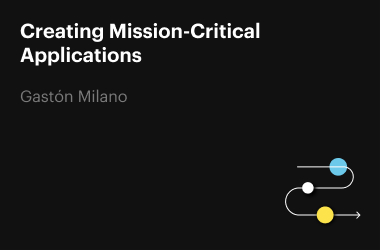
-
Application Security in Mission-critical Software: A Proactive and Cost Effective Approach
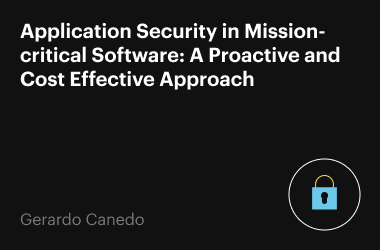
-
2FA, OTP, OpenID Connect: All about the new Authentication Schemes
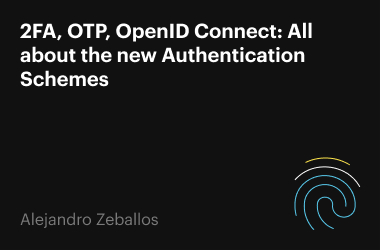
-
DevSecOps: Redefining the foundations of security with Static Code Analysis
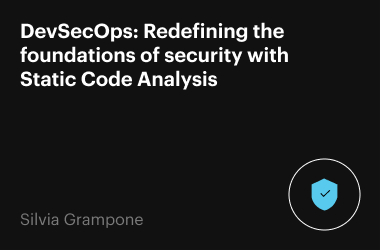
-
Innovating in the API Economy with GeneXus

-
Modeling Sophisticated Architectures and Mission-critical Systems with GeneXus
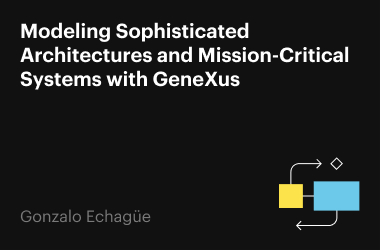
-
First steps to create a core-banking system with GeneXus
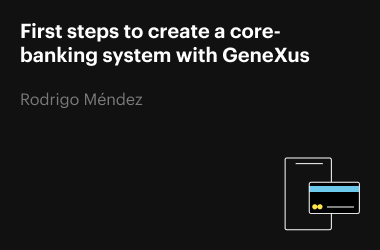
Ask Me Anything (AMA) Session
View All
In these virtual sessions, our experts answer questions and give details about the different tools offered by GeneXus to build Mission Critical Systems.
AMA: Security for Mission Critical Systems
Thursday, November 3
14.00 hrs. (UTC -3)

AMA: Scalable Applications in the Cloud
Tuesday, October 25
14.00 hrs. (UTC -3)








live-2022-play-me-grid-controller
Ask Me Anything Sessions
View All
In these virtual sessions, our experts answer questions and give details about the different tools offered by GeneXus to build Mission Critical Systems.
Recent Blog Posts about Mission Critical Systems
GeneXus CTO, Gaston Milano, details which are the elements that are the basis for the success of this type of solutions.
Discover what GeneXus offers to achieve the creation of complex mission-critical systems and the corresponding architecture, which can range from monolithic to microservices architecture.
The adoption of APIs is a growing worldwide trend, and GeneXus has a set of APIs that allow adding different functionalities and integrations to applications.
This is the story of the solution that was developed in 2 weeks to allow 2 million people, over 18 years of age, to digitally schedule themselves to receive the COVID-19 vaccine.
Learn about the new authentication schemes supported by GeneXus Access Manager (GAM) to solve authentication and authorization issues in applications.
The GeneXus 17 version facilitates the implementation of these solutions so that the developer can focus on what is really important, bringing value to the business.
Link label text

Whitepaper
All you need to know about Mission Critical Systems
Develop quality Mission Critical applications in record time!
Complete the form, and we will get back to you soon.
Some text example
